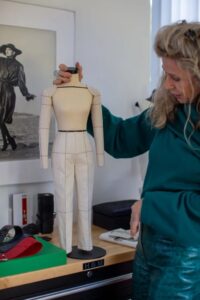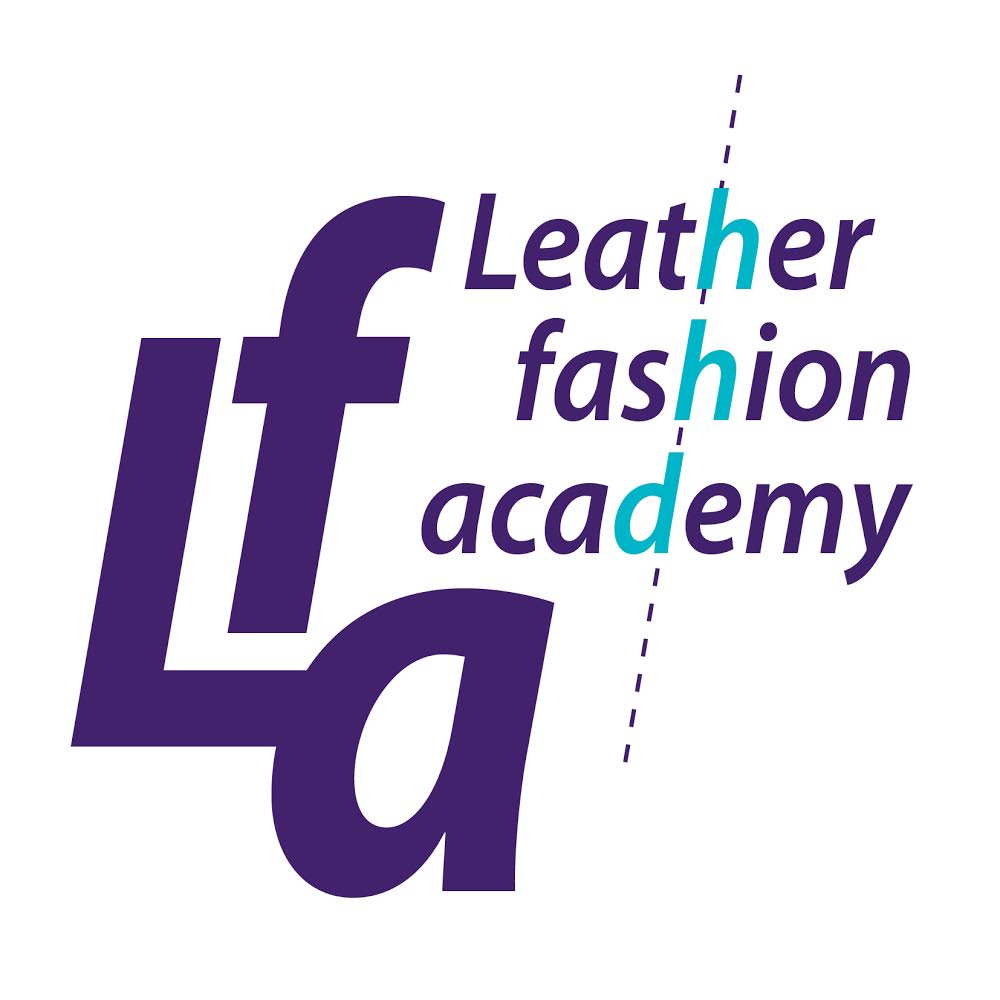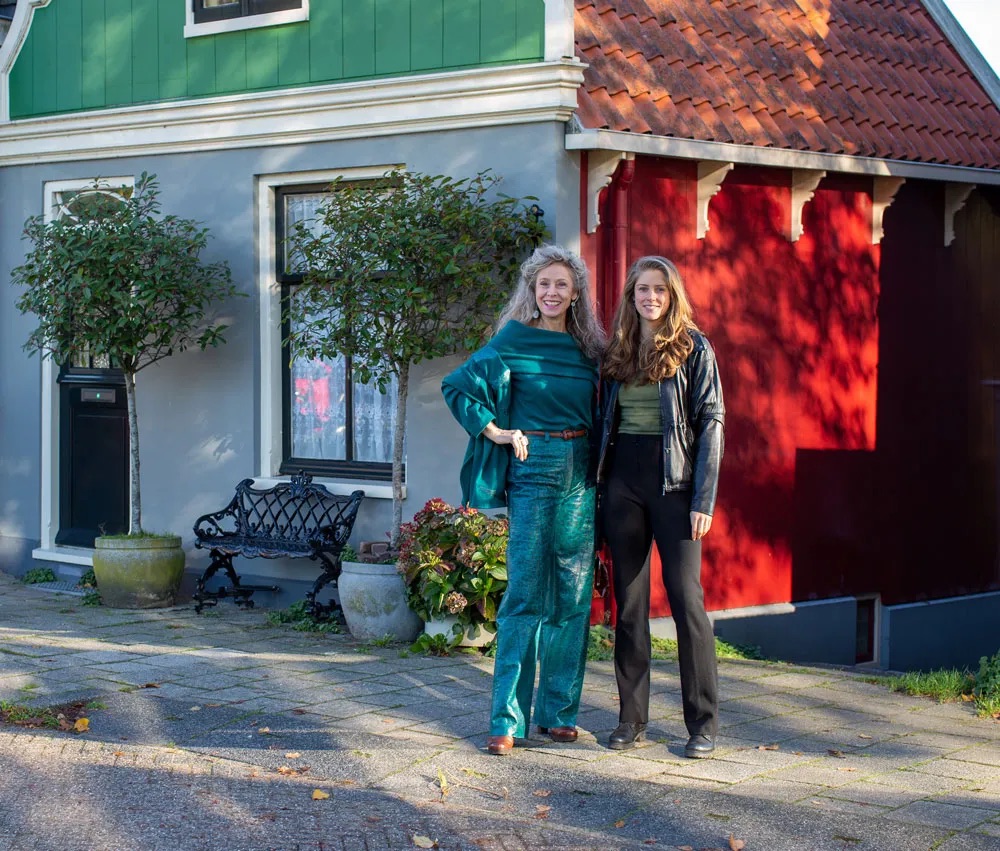MisjaB.co.uk eye for style
HANNEKE & LISA IN AMSTERDAM
On Nieuwendammerdijk in Amsterdam, I meet Hanneke and Lisa, mother and daughter. It is very peaceful and quiet, no doubt also because it is a Sunday morning. You imagine yourself in a small picturesque village. Moreover, it is a beautiful, sunny autumn day. Both live nearby and are on their way to Rather Here, their favorite coffee address in the neighborhood. Lisa: “Mostly because they have such delicious vegan cakes there.”
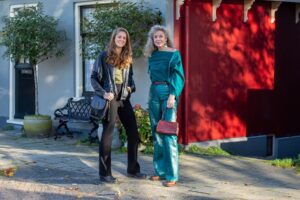
COMPANY
Mother and daughter are both self-employed, Lisa: “I recently started running my own practice – Lisa Augustijn – in coaching and bodywork. My mother is my great example, I regularly ask her for advice because, after all, she already has a lot of experience as a self-employed person.” Lisa, like her mother, is also creative. Lisa: “My mom did used to teach and help me make clothes for my dolls. And for my bike trip, I designed and customized bags for my bike myself.” Both their creativity also came in handy when Lisa bought her own house not long ago. Lisa: “We made a plan together for a new layout, including the kitchen and bathroom. My mother has a good understanding of that.” Hanneke: “It was pretty tough at times, like demolishing walls. We did have help from installers, of course. But we had a lot of fun doing it.”
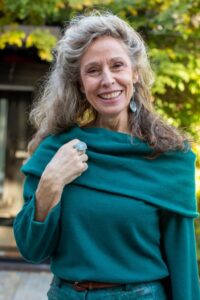
CRAFTSWOMAN WITH A MISSION
Hanneke studied Fashion at the Art Academy in Den Bosch. After college, she worked as a designer for large firms, but felt like a “mini pawn” in the process. In 1986, she tied the knot, started for herself and designed and made an entire collection in leather. Hanneke: “My specialization in leather is not so surprising as my grandfather comes from a family of tanners. When things became a little more difficult in the retail sector in the early 1990s, I stopped making a collection in all kinds of sizes and designed only for individuals ‘on the body.'” She also made leather clothing for many couturiers such as Edgar Vos, Frans Molenaar and Mart Visser. And taught vocational classes at the Master’s Training Coupeur for many years. Still, she kept looking for a way to share all her knowledge – especially about processing leather.
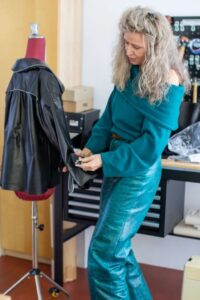
MY PASSION IS THE MATERIAL, MY MISSION IS TO TRANSFER KNOWLEDGE
Hanneke: “Because my husband died at a young age after a long illness, I realized all the more that I wanted to share my knowledge. I then took the 1st degree teaching course at the Breitner Academy (part of the AHK). After that I started my own training institute: the Leather Fashion Academy. It is very nice to be able to make – with sustainable materials, which I also stand for – beautiful things for people. But it is different to also be able to transfer my broad knowledge about processing leather. That is really my mission. That’s why I started building teaching programs in which I bring my own experience. Recently I received a great compliment from one of my students. He said, “We don’t just learn about the material, you are the material.” Meanwhile, Hanneke’s training is well known at home and abroad. Hanneke: “Currently there is a student from Italy who has admittedly completed his fashion education. But wants to become even better pattern-technically and therefore has been advised by his boss to study with me for a year.”
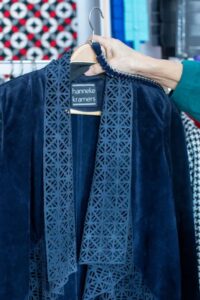
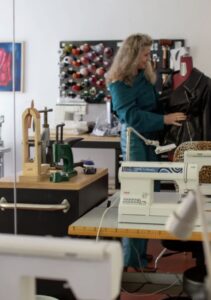
ICELAND
“The pants I am wearing today are made of fish leather, it is skin from a sea wolf. Fish leather – next to cow leather – is one of the strongest leathers available. I only want to work with materials that I know are durable and tanned properly. I buy this fish leather from a tannery in Iceland. They only use the three species of fish that are found around Iceland: salmon, cod and catfish. Transport is therefore not necessary. The structure of this skin is smooth, the spots are part of it. They are small pieces of leather and are therefore mostly used to make accessories with them. But my challenge is that with all these small pieces I can still make a pattern for pants, where the pattern is the same on both the left and right side. By the way, my biggest wish is to meet the people from this company in Iceland one day.”
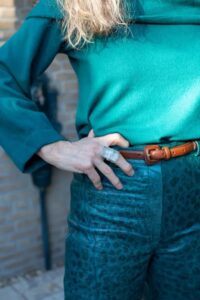
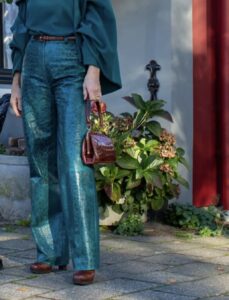
LEATHER TANNED IN THE BACK CORNER
As long as fish and meat are eaten, we can have leather. Hanneke: “Let’s use it, it’s a residual material, the skins otherwise end up with tons on a landfill. I do think it’s important that the leather is tanned and dyed in the most sustainable way possible. In the Netherlands I obtain leather from the Achterhoek tannery Vitelco in Lichtenvoorde, a company that has an eye for sustainability, but also for animal welfare. They work exclusively with biodegradable tanning agents. The dye they use is water-based. The water needed for this process is purified and reused. The leather that can be processed into a garment this way will last for years, these pants are going to outlive me! Besides, if you don’t like the model anymore, you can always have a garment like this altered.”
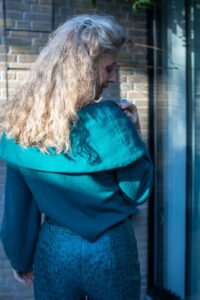
HARD VERSUS SOFT
Hanneke: “In winter, I like to wear leather combined with wool. So I made this sweater specifically to wear with these pants. Suede I like to combine with leather shoes. The bag “of the day” I found second-hand. The aquamarine ring was created by the amazing artisan Arnold Bakker.
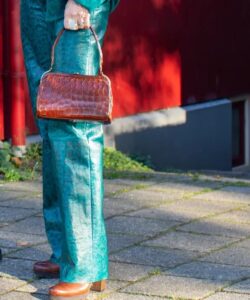
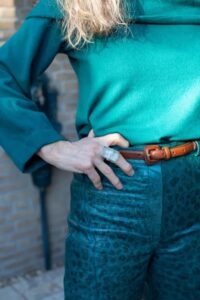
BESPOKE WORK?
In case you want something custom made: you can also go to Leather Fashion Academy for that.
